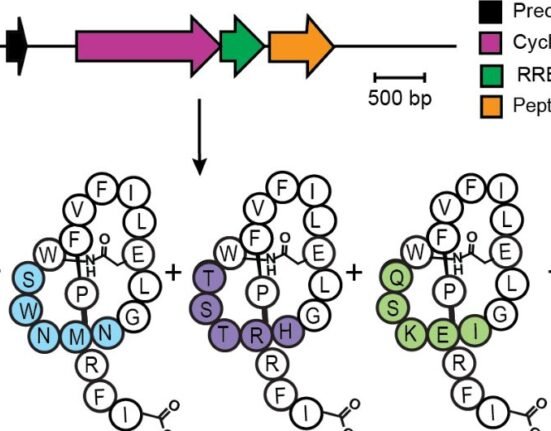HQ Team
June 20, 2023: The toxicity rate related to benzodiazepine, a drug used to treat insomnia and anxiety and doubles up as an opioid, rose sharply in young adults and youth in Canada’s Ontario province that borders the US.
Benzodiazepines or Benzos or Downers, are synthetic substances that act as depressants of the central nervous system. They are pharmaceutical-manufactured tablets, capsules, and occasionally injects.
These depressants induce sedation and hypnosis, relieve anxiety and muscle spasms, and reduce seizures. The most common benzodiazepines are the prescription drugs Valium, Xanax, Halcion, Ativan, and Klonopin.
Shorter-acting benzodiazepines used to manage insomnia include estazolam, flurazepam, temazepam, and triazolam. Their abuse is frequently associated with adolescents and young adults who take the drug orally or crush it up and snort it to get high.
Enhance euphoria
Abuse is particularly high among heroin and cocaine users. Opioid users often co-abuse benzodiazepines to enhance euphoria, according to the US Drug Enforcement Administration.
Overdose of the substance causes extreme drowsiness, confusion, impaired coordination, decreased reflexes, respiratory depression, coma, and possible death.
The rate of benzodiazepine-related toxicity in hospitals rose by 67% for young adults, aged between 19 and 24, and 44% for youth, aged 18 or below, in Ontario between 2013 and 2020, according to a study by the ICES, an independent, non-profit research institute, and Unity Health Toronto.
There was an overall decline of seven percent in the provincial rate of benzodiazepine toxicity which was largely driven by reductions in rates among people aged 35 years and older.
Citizen’s Panel
Researchers at the Ontario Drug Policy Research Network, housed at St. Michael’s Hospital, a site of Unity Health Toronto after a 25-member Citizen’s Panel drew attention to the topic of toxicity.
“What initially started as a potentially positive outcome with the ‘7 percent reduction in the provincial rate of benzodiazepine toxicity between 2013–2020’, once unpacked, pivoted quickly to a very different outcome – one where the focus is needed on reducing the risks to our youth and young adult population,” said panel member Josephine Quercia.
The study included 25,979 Ontario residents with 32,674 benzodiazepines-related toxicity encounters — emergency department visits or hospitalization) between January 1, 2013, and December 31, 2020.
The researchers examined the participants’ history of opioid and benzodiazepine prescriptions, and prior healthcare visits for mental health and substance use disorders.
Unregulated supply
They found that “fewer encounters were patients who had an active prescription for benzodiazepines—however, there was greater involvement of other substances, such as opioids, stimulants, and alcohol, with rates of those incidents reaching almost 30% in 2020,” Tonya Campbell, senior research coordinator at St. Michael’s Hospital and lead author said.
“This is likely driven by the increasing presence of non-pharmaceutical benzodiazepines in the unregulated drug supply in Ontario.”
The hospital encounters in which patients had an active benzodiazepine prescription declined over the study period, from 61% in 2013 to 49% in 2020. In the same year, 29%of benzodiazepine toxicity incidents also had opioid, alcohol, or stimulant-related toxicity documented, of which opioid involvement was most common at 17%.
About 50% of people who experienced benzodiazepine toxicity had gone to a hospital for a mental health or substance use disorder in the prior year, of which anxiety disorders and mood disorders, at 19% each, were the most common reasons.
“Taken together, these trends are concerning, and likely reflect the continued risks for youth and young adults prescribed benzodiazepines as well as the recent arrival of these drugs in the unregulated opioid supply in Ontario,” said senior author and principal investigator at Ontario Drug Policy Research Network.









2 Comments